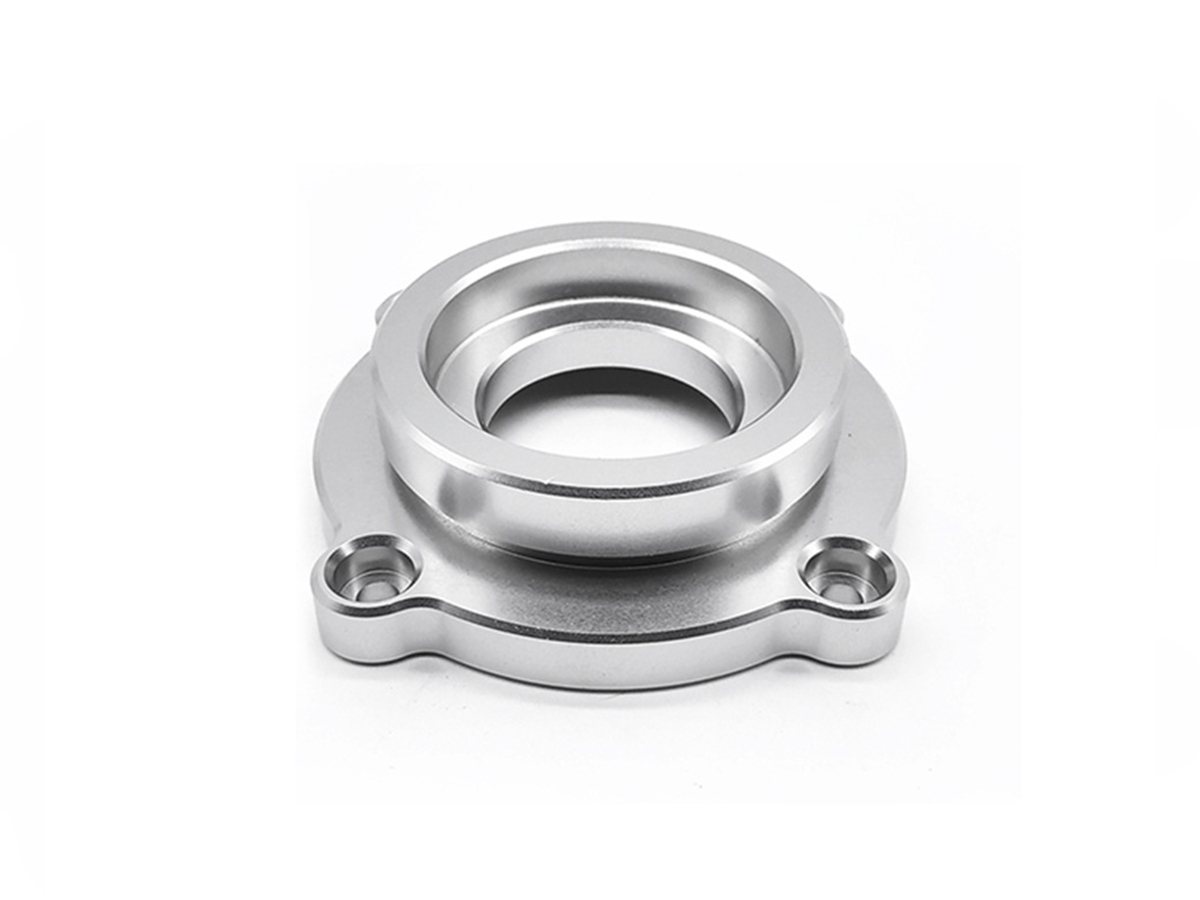CNC Machining of Durable Parts to Optimize Performance in Automation Systems
Introduction to CNC Machining for Automation Systems
Durable parts are essential for achieving peak performance and operational stability in automation systems. CNC machining offers exceptional precision (±0.005 mm) and superior surface finishes (Ra ≤0.8 µm), making it ideal for manufacturing critical automation components such as robotic joints, actuator shafts, precision fittings, and custom sensor housings. These precision-machined parts ensure reliable and optimized operation across industries such as automation, robotics, and industrial equipment.
Utilizing professional CNC machining services, manufacturers can significantly improve automation systems' longevity, accuracy, and efficiency, ensuring consistent performance even in demanding operational environments.
Material Comparison for CNC Machined Automation Parts
Material Performance Comparison
Material | Tensile Strength (MPa) | Wear Resistance | Corrosion Resistance | Typical Applications | Advantage |
|---|---|---|---|---|---|
510-540 | Good | Excellent | Lightweight brackets, actuator bodies | High strength-to-weight ratio, corrosion-resistant | |
515-620 | Very Good | Excellent | Precision sensor housings, fittings | Exceptional corrosion resistance | |
900-1100 | Excellent | Exceptional | High-strength robotic joints | Superior strength-to-weight ratio, corrosion resistance | |
360-400 | Good | Good | Precision connectors, intricate fittings | Excellent machinability, dimensional accuracy |
Material Selection Strategy for Durable Automation Components
Material selection for automation system components must focus on mechanical strength, corrosion resistance, weight considerations, and machinability:
Aluminum 7075-T6 is ideal for lightweight structural components and actuator housings, providing excellent mechanical strength, precise tolerances, and superior corrosion resistance.
Stainless Steel SUS304 ensures excellent corrosion resistance and good mechanical strength, perfect for sensor housings and fittings exposed to harsh operational environments.
Titanium Ti-6Al-4V is optimal for high-performance robotic joints and actuator components, offering exceptional tensile strength (up to 1100 MPa), corrosion resistance, and low weight.
Brass C360 provides exceptional machinability and accurate dimensional tolerances (±0.005 mm), making it suitable for precision connectors and fittings where dimensional consistency is critical.
CNC Machining Process Analysis for Automation Components
CNC Machining Processes Performance Comparison
CNC Machining Technology | Dimensional Accuracy (mm) | Surface Roughness (Ra µm) | Typical Applications | Key Advantages |
|---|---|---|---|---|
±0.005-0.01 | 0.4-1.0 | Sensor housings, actuator bodies | Complex geometries, precision | |
±0.005-0.01 | 0.6-1.2 | Shafts, cylindrical fittings | Efficient, precise production | |
±0.002-0.005 | 0.05-0.2 | Bearings, sealing surfaces | Superior precision, fine surface finishes | |
±0.01-0.02 | 0.8-1.6 | Mounting holes, precise assemblies | Fast, consistent accuracy |
CNC Machining Process Selection Strategy for Automation Parts
Selecting the appropriate CNC machining process ensures precision, component durability, and optimal performance:
CNC Milling is ideal for complex parts like sensor housings and actuator bodies, offering precise geometries within tight tolerances (±0.005 mm).
CNC Turning efficiently produces shafts and cylindrical components, crucial for robotic actuators and rotational mechanisms, ensuring dimensional consistency even in large production runs.
CNC Grinding is essential for bearings and sealing surfaces, providing exceptional dimensional accuracy (±0.002-0.005 mm) and ultra-fine surface finishes (Ra ≤0.2 µm) to reduce friction and wear.
CNC Drilling is optimal for accurate, repeatable hole-making in mounting brackets and assembly components, enhancing installation accuracy and structural integrity.
Surface Treatment Solutions for CNC Machined Automation Parts
Surface Treatment Performance Comparison
Treatment Method | Wear Resistance | Corrosion Resistance | Max Operating Temp (°C) | Typical Applications | Key Features |
|---|---|---|---|---|---|
Good | Outstanding (~1500 hrs ASTM B117) | 300 | Aluminum frames, housings | Durable, corrosion-resistant | |
Excellent | Exceptional (~1000 hrs ASTM B117) | 400 | Connectors, precision fittings | Uniform, robust protection | |
Excellent | Outstanding (~1200 hrs ASTM B117) | 450 | Shafts, joints | Hard, low-friction surface | |
Moderate | Excellent (~800 hrs ASTM B117) | 250 | Stainless steel fittings | Enhanced corrosion resistance |
Surface Treatment Selection Strategy for Automation Components
Choosing the correct surface treatments significantly enhances durability and performance reliability:
Anodizing provides excellent corrosion resistance and durability for aluminum automation components, extending their operational life in corrosive environments.
Electroless Nickel Plating offers superior corrosion resistance and consistent thickness, ideal for intricate connectors and precision fittings.
Chrome Plating significantly increases hardness and wear resistance for critical moving components such as shafts and precision joints, reducing maintenance and extending lifespan.
Passivation effectively increases the corrosion resistance of stainless steel components, which is essential for maintaining sensor housings and fittings in chemically harsh environments.
Typical Prototyping Method
CNC Machining Prototyping: Creates highly accurate prototypes with tolerances down to ±0.005 mm and fine surface finishes (Ra ≤0.8 µm), enabling precise validation and functional testing.
Material Jetting: Delivers detailed prototypes with 16-32 µm resolutions, ideal for evaluating intricate design features and mechanical interfaces in automation parts.
Powder Bed Fusion: Produces metal prototypes with complex geometries and accuracy ±0.1 mm, suitable for robust functional assessments under realistic operational conditions.
Quality Control Standards for CNC Machined Automation Components
Dimensional inspections using Coordinate Measuring Machines (CMM).
Surface roughness testing with precision profilometers.
Non-destructive testing methods (ultrasonic, radiographic) for integrity assurance.
Mechanical property and fatigue testing according to ASTM and ISO standards.
Corrosion resistance testing under ASTM B117 standard conditions.
Complete documentation and ISO 9001-certified traceability.
Industry Applications of CNC Machined Automation Parts
Precision robotic arms and actuator systems.
Sensor and electronic component housings.
High-precision mechanical linkages and fittings.
Customized components for automated manufacturing and processing equipment.
Related FAQs:
Why is CNC machining crucial for durable automation components?
Which materials enhance durability in automation systems?
How do CNC machining processes ensure precise component dimensions?
What surface treatments increase the reliability of automation parts?
What quality control measures are essential for CNC machined automation parts?

